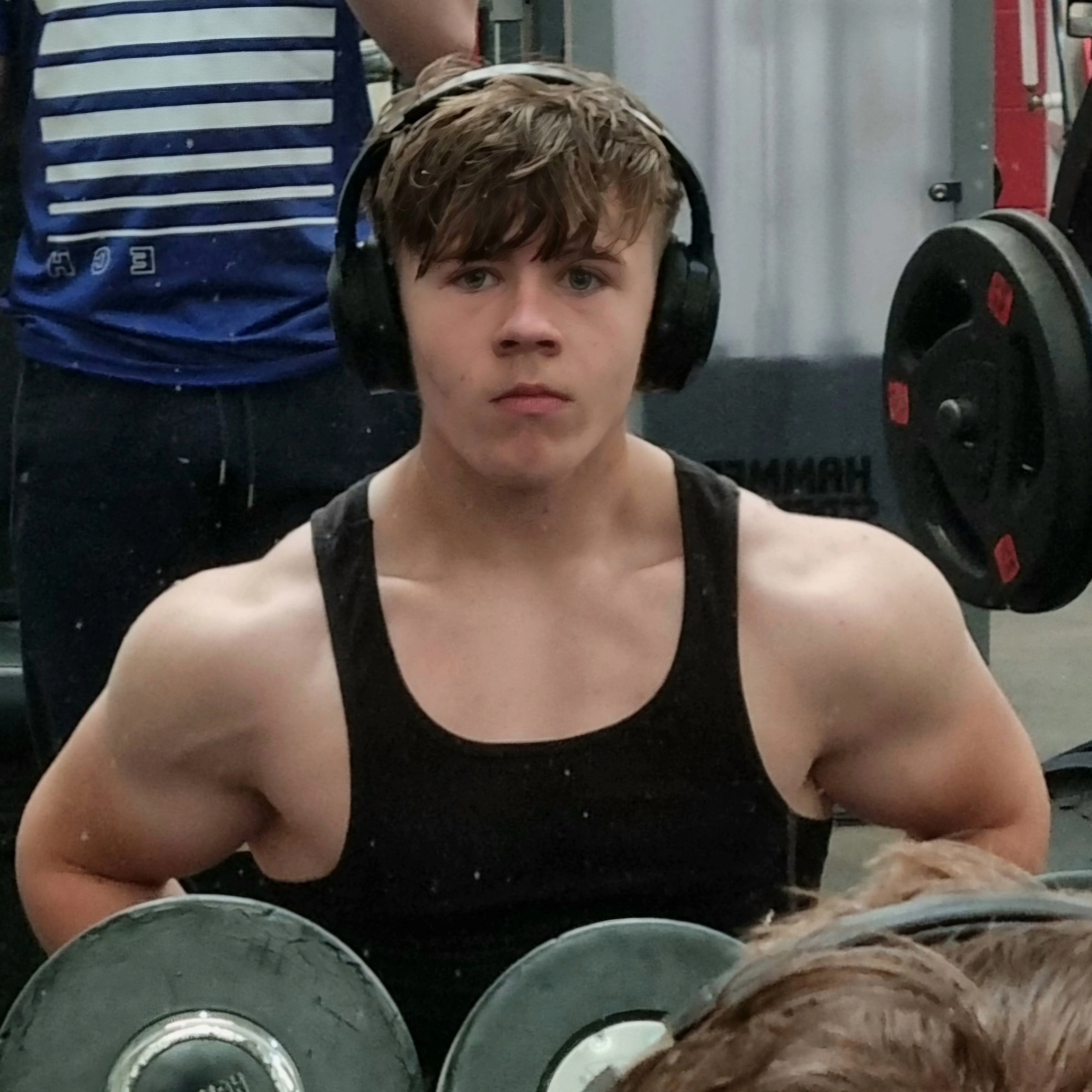Social and Dispositional Factors
Cards (17)
- What does the bystander effect state?
- What was the main finding of Darley and Latané's study on bystander intervention?
- If a participant thought they were alone, what percentage reported the seizure in the study?
- What percentage of participants reported the seizure when four others were present?
- What factor influences the decision to help in emergencies according to Faul et al.?
- What are the costs associated with helping someone?
- What are the costs of not helping someone?
- What does the cost-reward model describe?
- How did the interpretation of a situation affect intervention rates in Shotland and Straw's study?
- What percentage of bystanders intervened when the woman shouted, ‘I don’t know you’?
- What percentage of bystanders intervened when the woman shouted, ‘I don’t know why I married you’?
- How does similarity to the victim influence helping behavior?
- What was the finding regarding Manchester United fans helping a runner?
- What limits the effect of similarity on helping behavior?
- Who is more likely to help in emergency situations according to expertise?
- What was the finding regarding registered nurses helping a workman?
- How did the Red Cross training affect helping behavior according to Shotland and Heinold?
